WE Facilitate creative, strategic, and innovation workshops that help companies break through the clutter.
We love to leverage the collective brain trust of the organizations we work with to develop breakthrough ideas, strategic direction for the brand or company, and innovation that will help the company stand out from its competitors. With more than 30 years facilitating workshops in countless categories, and for both B2B and B2C brands, we can help you with workshops that achieve results.
Whether you only need a facilitator, support for internal teams, or combined workshops with a broad team of creative and strategic thinkers from outside the company, we can help.
It’s important to establish the ground rules for brainstorming for each group in order to get the best engagement from every member—and their best ideas.
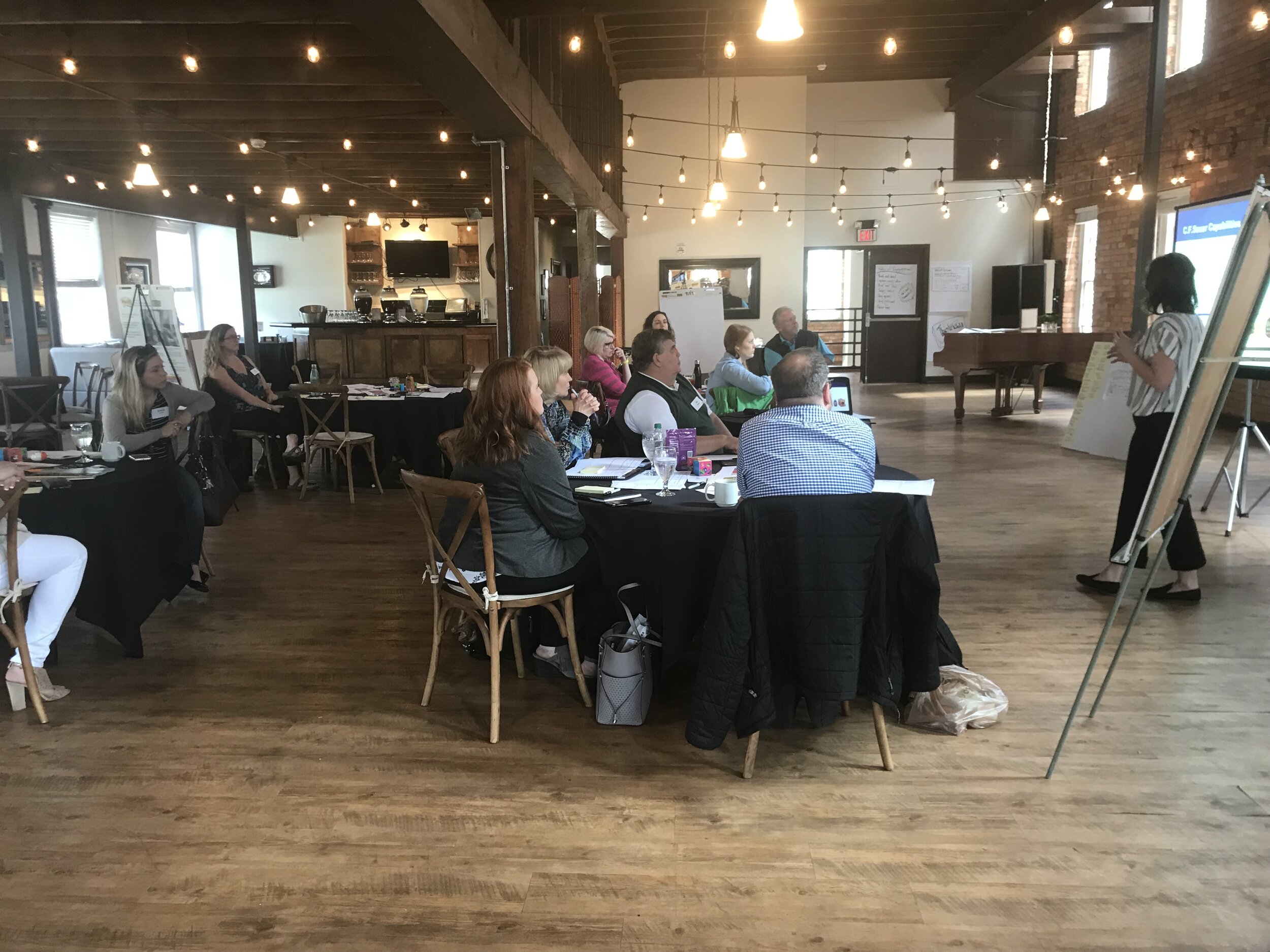
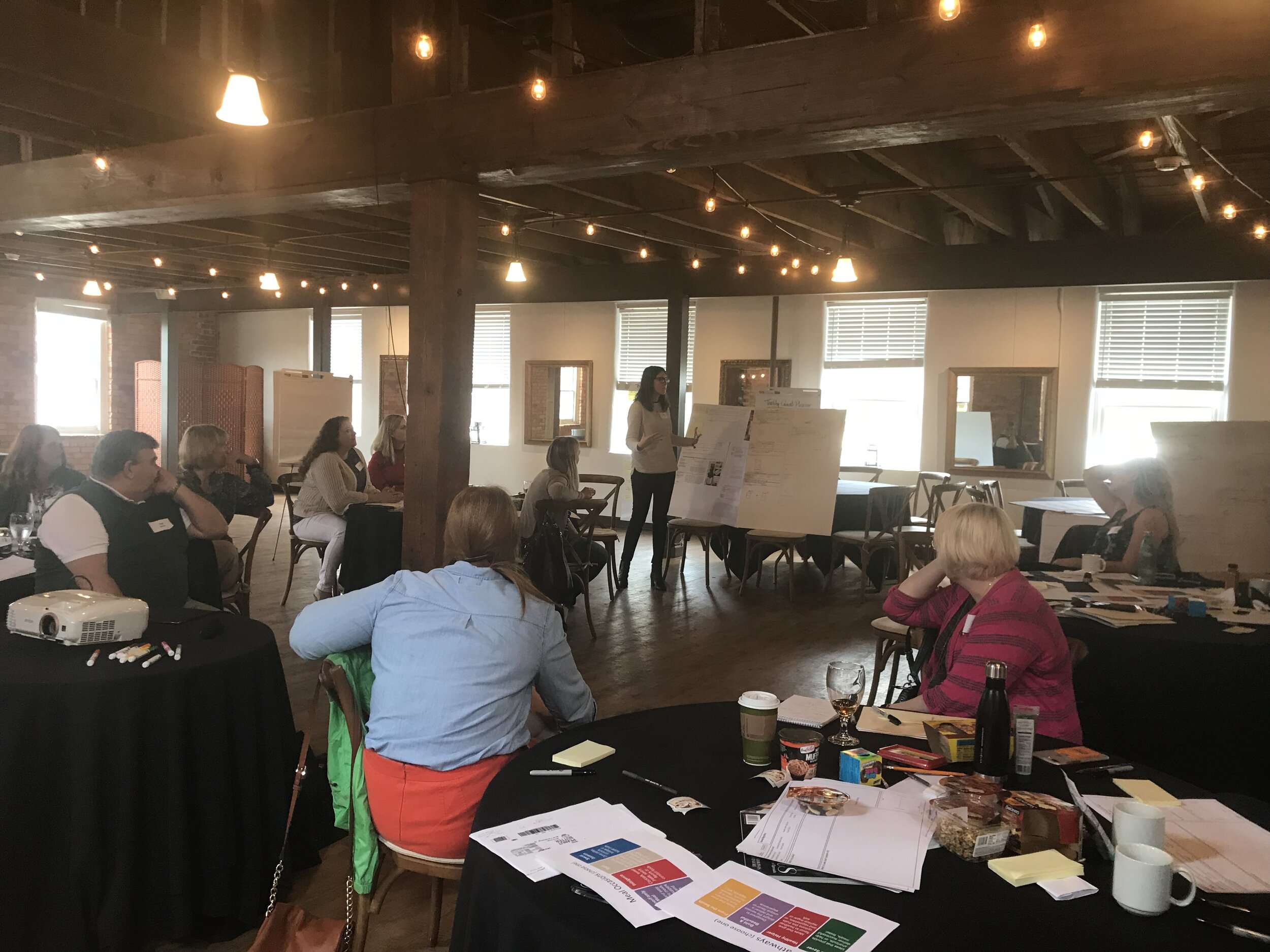

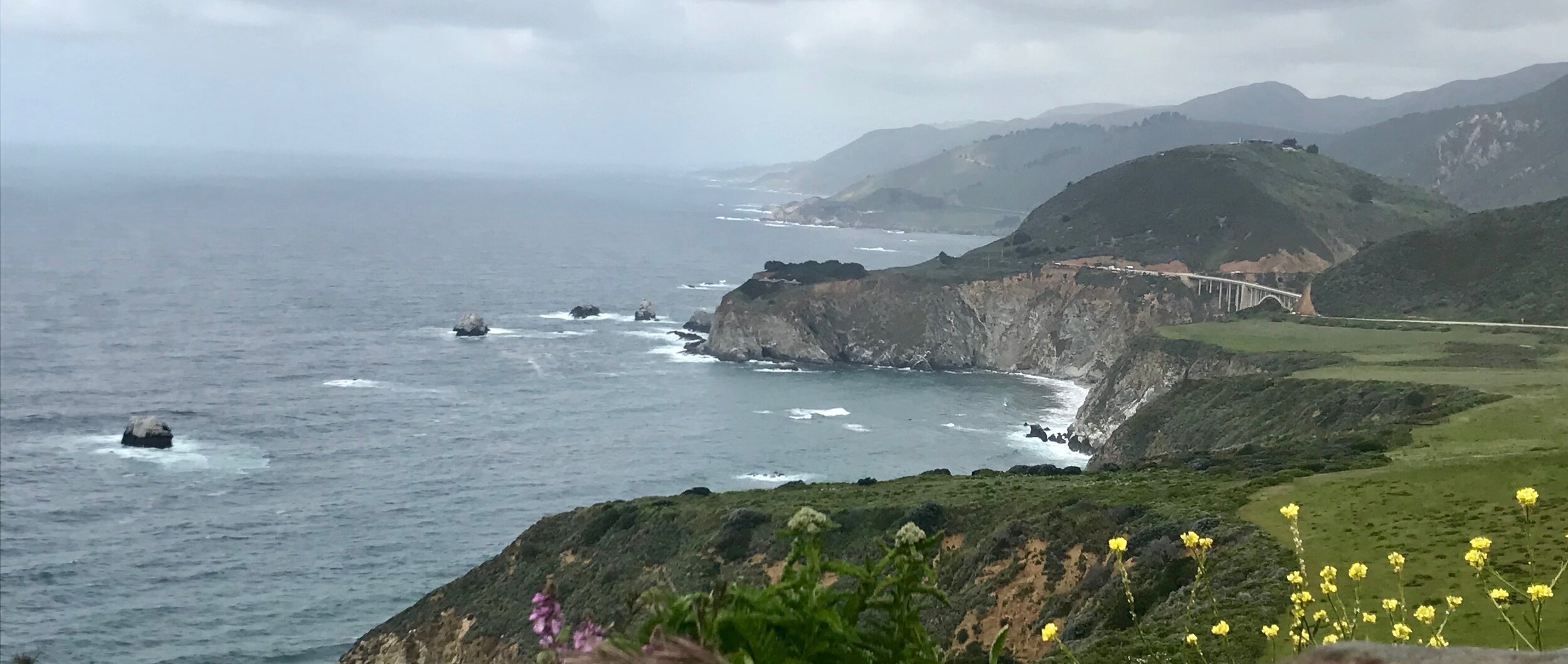
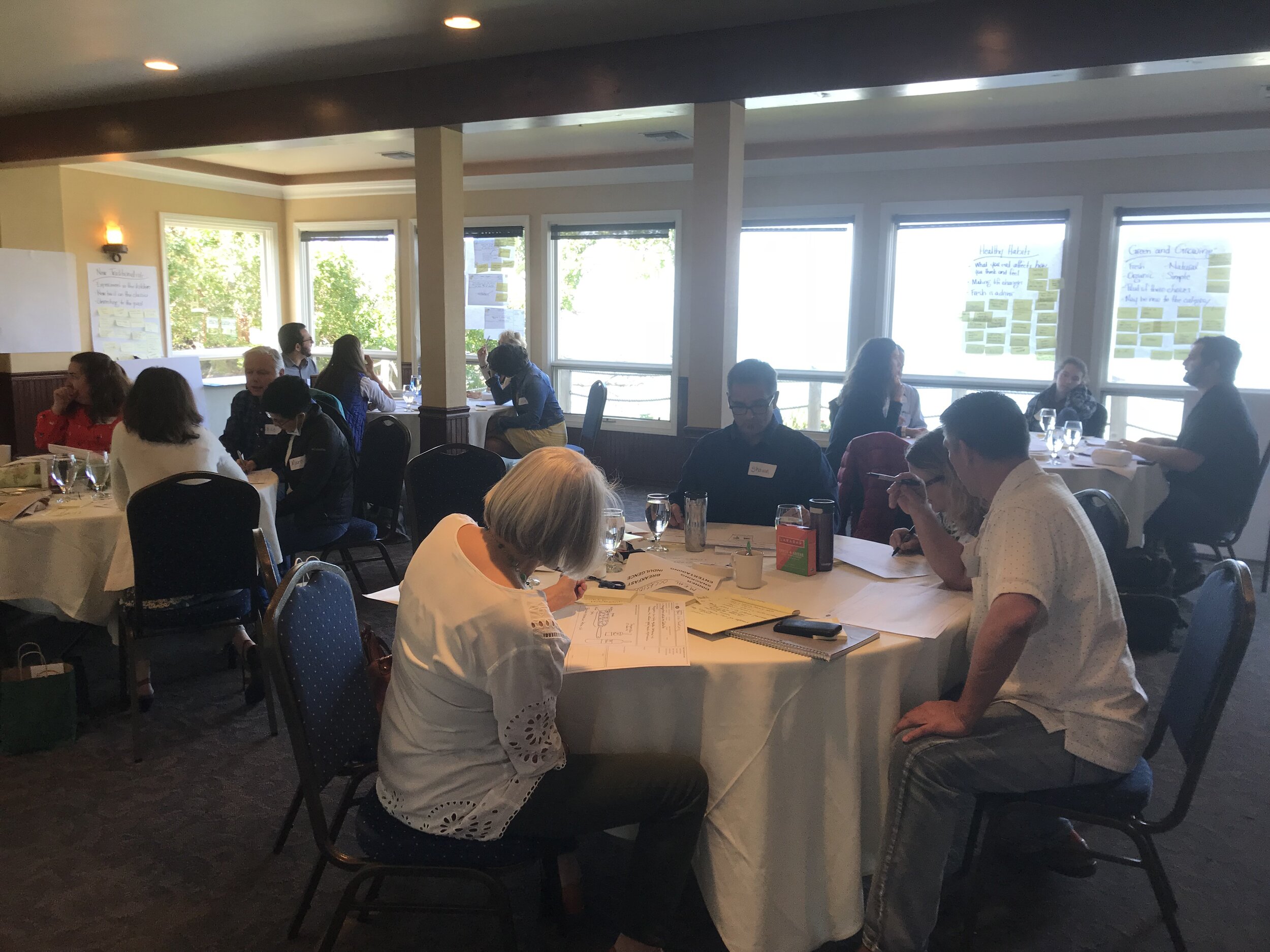
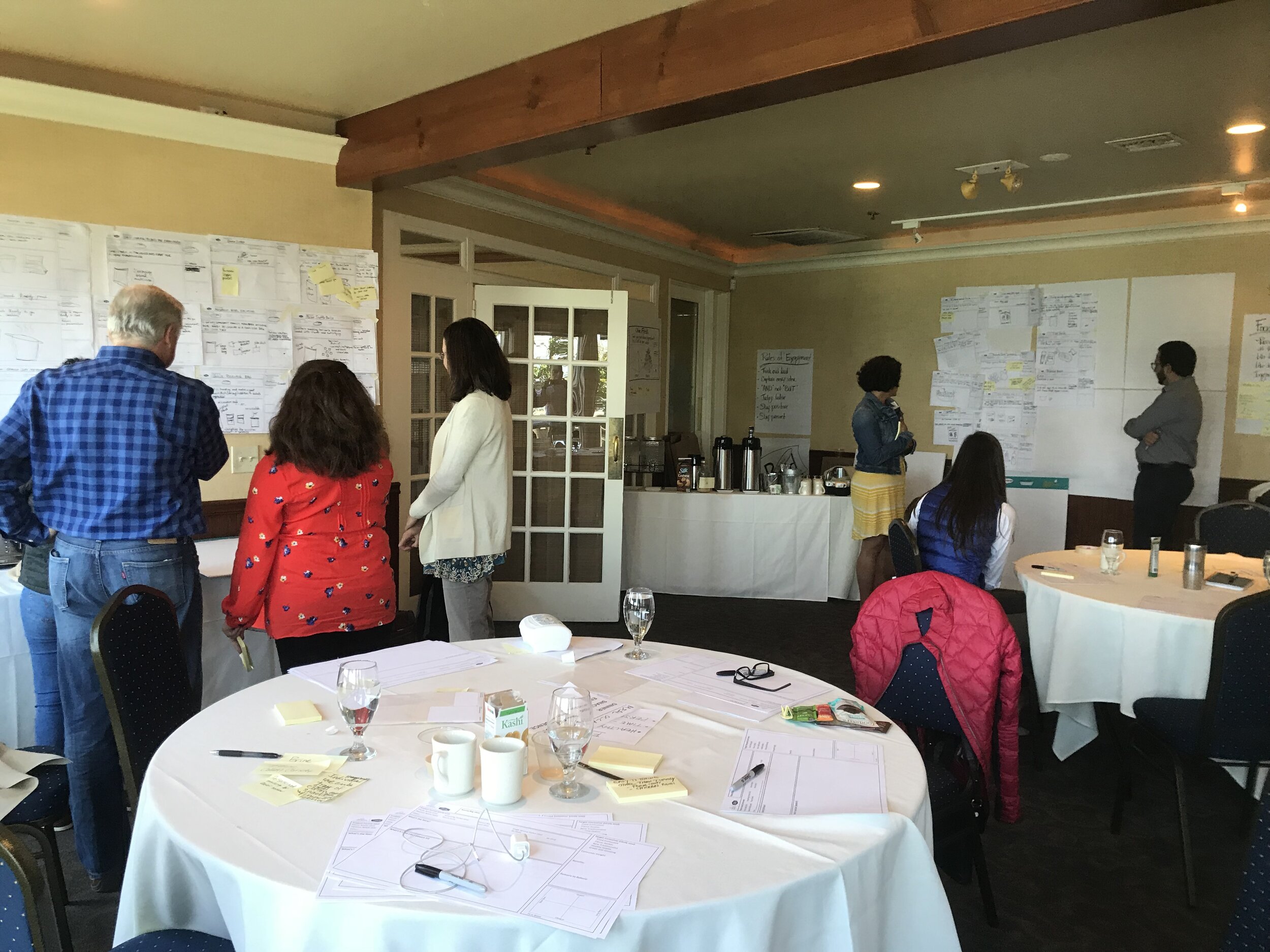
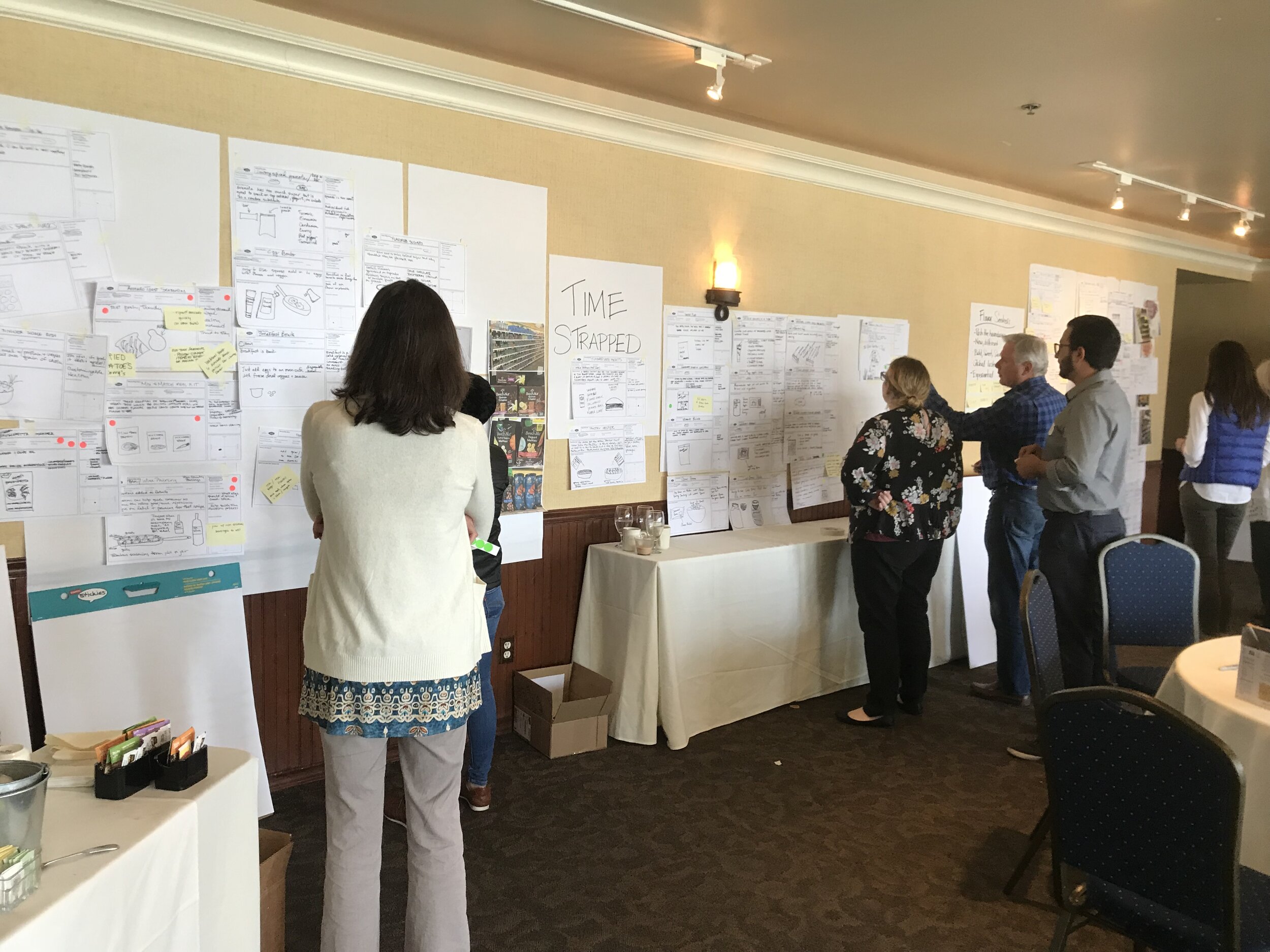

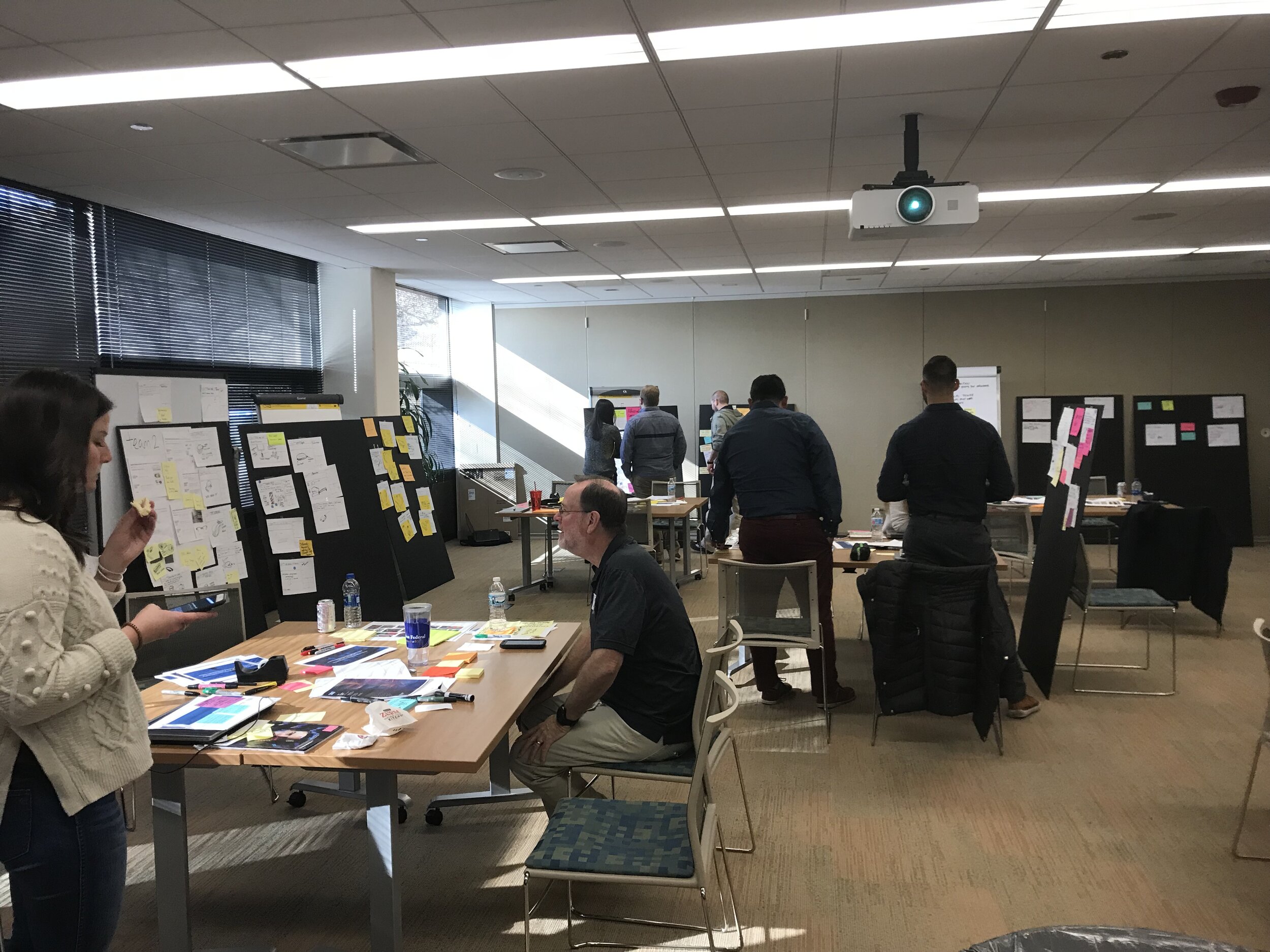

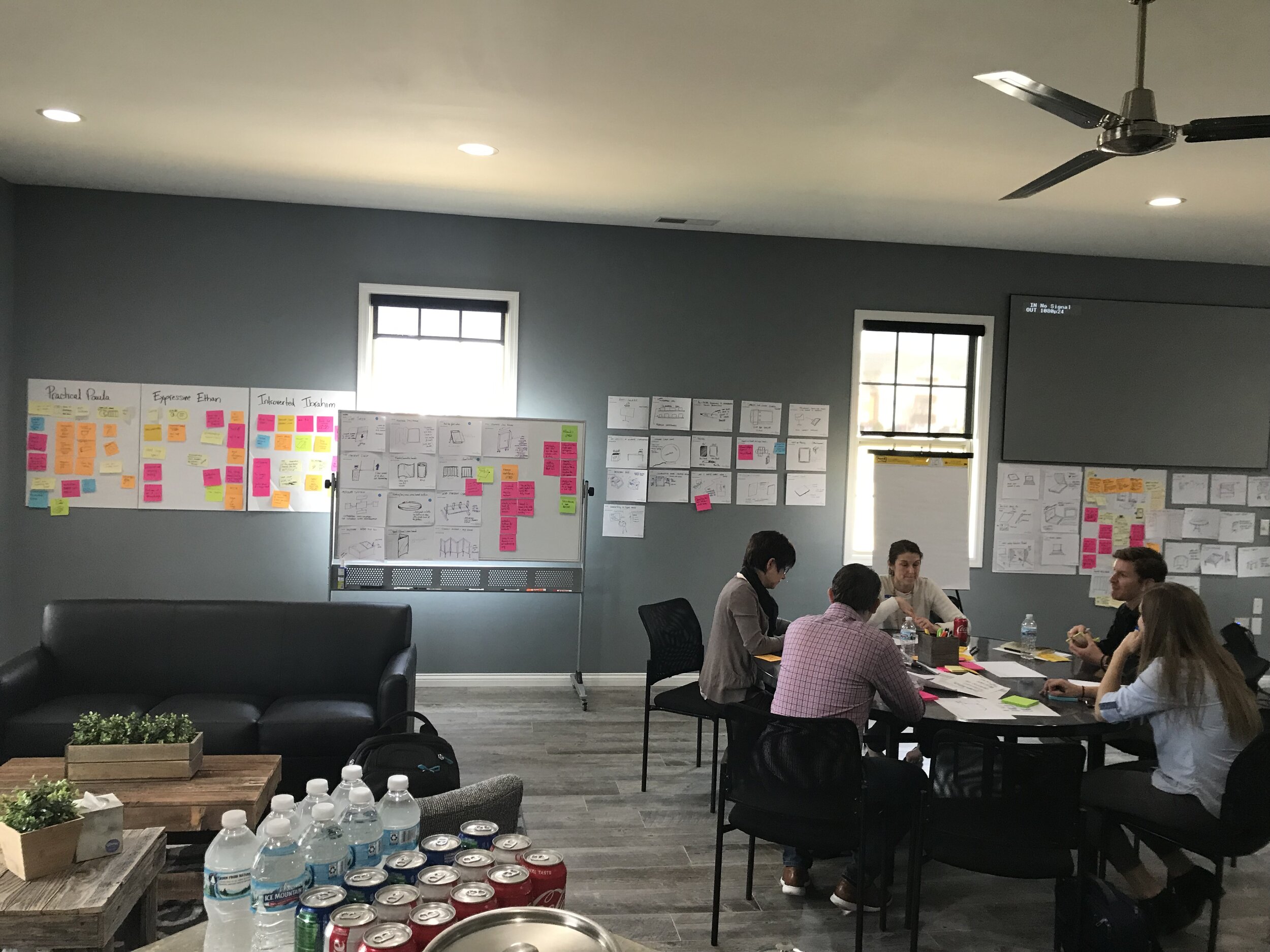
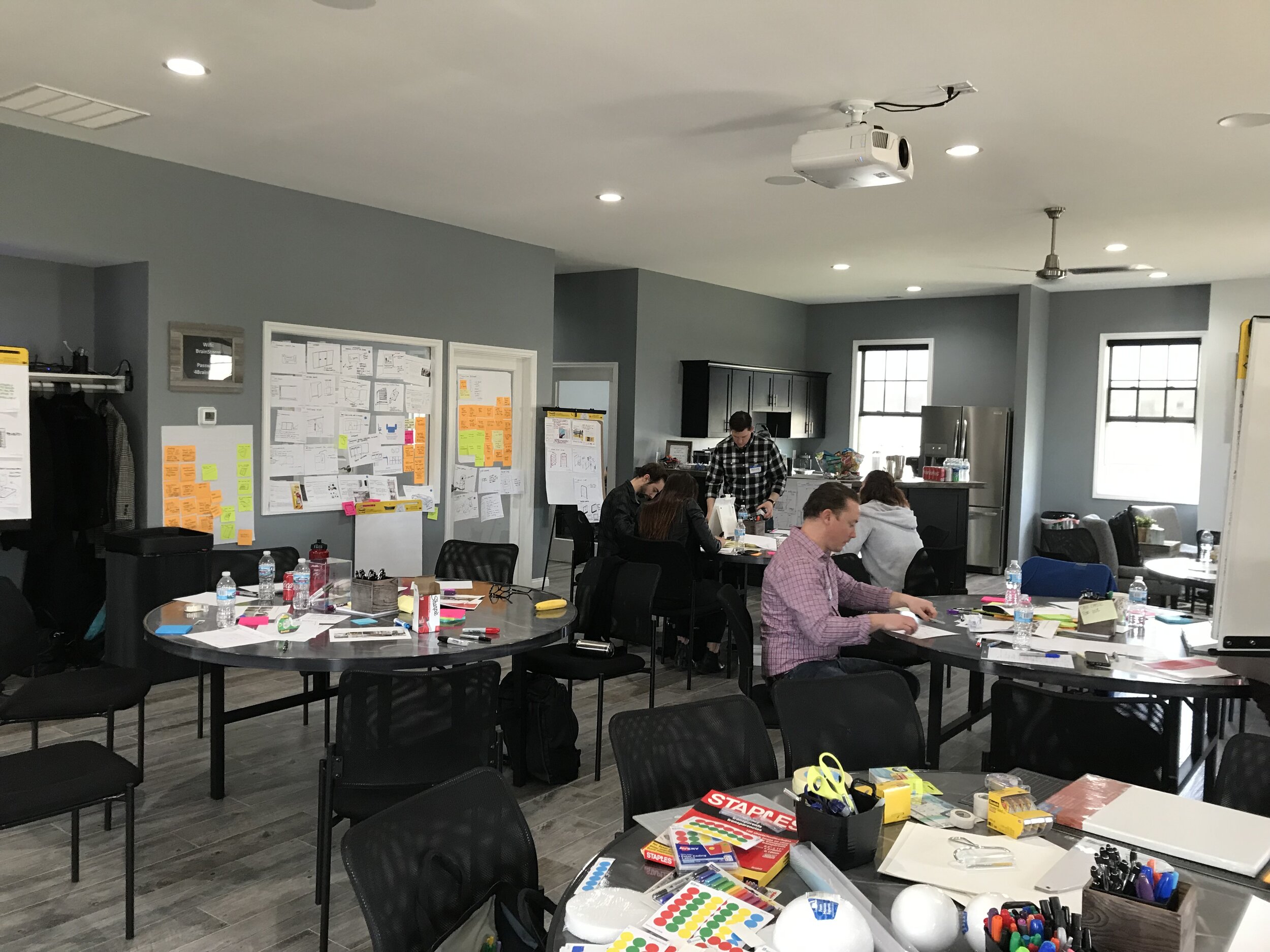
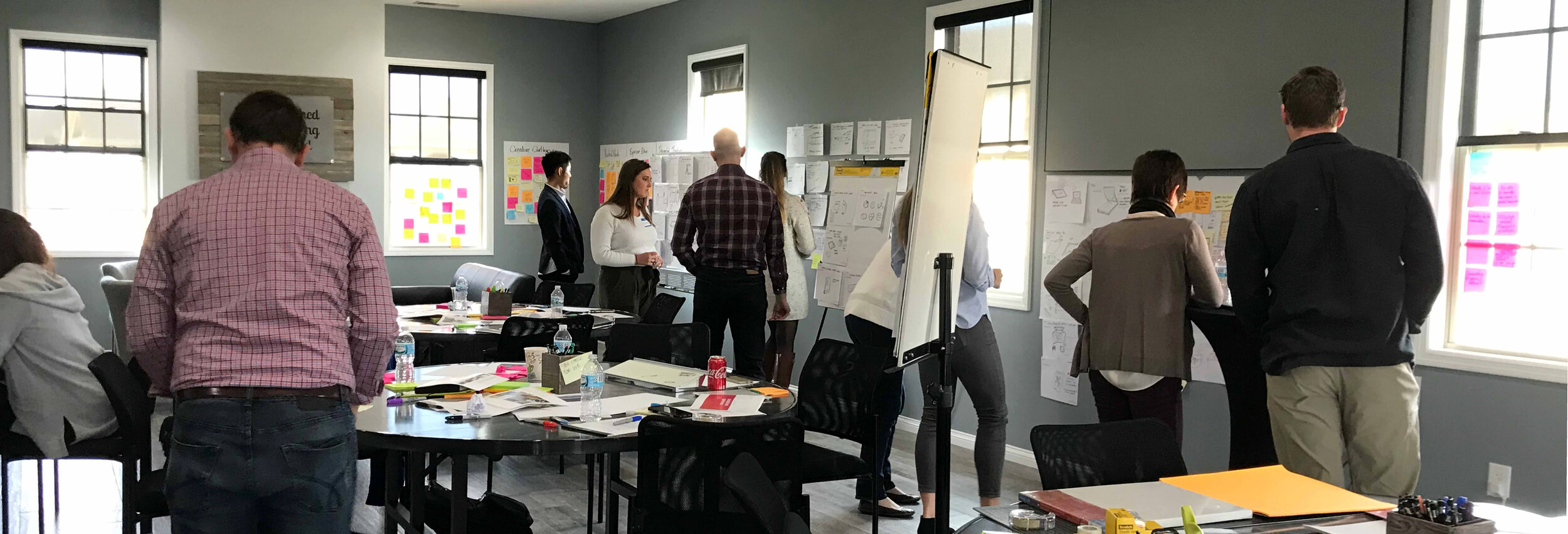
““Being in a workshop free from politics, hierarchy and posturing was really refreshing. And it’s always great to see what a roomful of really smart and talented people can do when working together!”
—Senior Manager, Fortune 300 company”
Our thinking on building amazing brands:
In the fast-paced world of business and brand management, it’s easy to feel trapped in a cycle of addressing symptoms rather than root causes. As leaders, it’s crucial to step back and ask: “What problem are we really solving?”
It's easy to get laser-focused on creating things. But those ideas need to be grounded in something more than personal preference. Before launching your next big idea, your better mousetrap, ask yourself: Does your audience even realize they have a mouse problem?
Here are six steps to consider to make sure your concepts are grounded in insights so you increase your chances for success in the marketplace.
“Tell” stories are historical in nature because they address things that happened along the company’s journey to the present. They come in a variety of forms, often starting with a company or brand origin story and growing from there. Because they deal with the past, Tell stories are typically editorialized to get those unseemly rough spots out of the narrative. And they can be revisionist in the sense that history is often rewritten by those who come later, scrubbed of things we might find offensive, and enhanced to make them more exciting.
In turbulent times, companies must discover what kind of adjustments are right for them to stay relevant. It can seem overwhelming. But there are a few ways to think about resourcefulness to help companies of any size manage through stressful environments.
Dandelions put out a taproot from the very beginning to give themselves every advantage possible in journey ahead—because they don’t know if that journey will be easy or tough.
Unfortunately, too many companies don’t operate with the basic principles of dandelions and as a result, start with weak foundations, don’t plan for adversity ahead, and falter when the economic winds change. If we’ve learned anything from history it should be that change is inevitable. It can be sudden and unpredictable or like a slow-moving glacier.
We love to talk about what we’ve done, who we’ve seen, the hurdles we’ve crossed and triumphs we’ve realized. If we’re not careful, we can talk about how amazing we are and leave our guest completely out of the discussion.
Brands do this all the time. Agencies do this all the time. All this chest thumping and self promoting leaves consumers and customers on the outside looking in … if they even stay around long enough to keep looking.
James Bond is always on the run, always getting himself into unexpected situations in his quest to save the planet from the evil of the hour. He desperately needs someone looking out for him and creating solutions Bond doesn’t even know he needs yet.
Somehow the notion that five consumer segments can cross channels and categories seems too simple. That may be partly because many people have been led to believe that understanding target audiences is hard and better left to the experts. It can be complicated. I don’t think it should be.
Strategists and planners have long recognized the benefits of directing products and communication towards key audience segments. It’s no secret that aiming your message at the masses minus any key insight to help some group connect with your message is a good way to blow your budget without having anything to show for the effort. But how do you decide who to talk to?
We didn't start out that way. We started on the premise of doing great work from the ground up to help brands stand out from all the noise in the marketplace. There is a lot of noise out there. And it's getting worse.
There is no such thing as a perfect name. Brand and product names are hugely impacted by the companies and brands that launch them. So a name that works for one brand in one industry may be a horrible fit for another brand in another category.
A few dozen times a year we get requests from companies looking for a change. Sometimes it’s to update an identity, which can lead to the question: should we consider changing the name, too? Other times it’s as simple as “we want something fresh and new.” Our questions start with why. Why do you want to change the company name? You might be surprised at how often the answer is a blank stare. For anyone wondering, that’s a bad answer for something as significant as changing the foundation of the company.
A naming process rarely includes gathering people in a room to brainstorm for an hour and call it a day. Every naming agency on the planet has a process generally for the same reason—to increase their chances of coming up with good material that will make it into the market on a regular basis. If you insist on naming products, brands or companies on your own, at least do yourself a favor and do what the naming agencies do.
Every generation has to face its own rounds of brand challenges related to the economy, public attitudes, world events, and more. Especially when things go bad, it’s easy to think that in the crisis of the moment there are no parallels to reference for a way forward. This is where despair sets in. But there are almost always examples we can look to for how to thrive in challenging times.
There are winners and losers in every economy. Some people and companies collapse under the weight of changes and uncertainty while others seem to thrive. Same conditions, similar circumstances, but one group withers away while others not only survive the challenge but go on to do great things. What makes the difference?
Dandelions don't need perfect conditions to flourish. No, they don't mind if the soil is bad, the water inconsistent, or even if they have to go it alone against all odds ... like taking root in a small crack in concrete. They accept the conditions given and find a way to succeed.
… people in the audience generally WANT YOU TO DO WELL. Think about this for a minute. How many times have you seen a speaker step up to the podium or on stage and hope they fail miserably. Most people don’t think this way. We like for people to do well. We want to hear a good presenter. We want to be delighted by the experience.
Brand promise is the collective experience people have with your brand once you combine all other factors of your brand foundation. So it's not tactical or directive. It's the essence of the brand.
The best companies know they have to own a unique place in the hearts and minds of their consumers. In simple terms, this is positioning.
Branding only from the inside out opens the door to confirmation biases. It's just too easy to convince yourself that your brand is smart, innovative and darned good looking. But your brilliant product without an audience isn’t worth much in the market.
Key here is that points of difference should be elements of the brand that competitors can't copy easily (think under six months). Unless the brand is willing to fight for trademarks, you can expect your assets to be copied.
What your brand does that qualifies you to be in the market will not differentiate you from your competition. They're called points of parity in brand building—so you can move on to what matters.
Brands can be fun, free willed, playful, studious, a work horse, etc. But those attributes don't drive much energy into the brand. Worse, your interpretation of "fun" may be decidedly different than mine. So we could work on the same brand using "fun" as the brand personality and end up in vastly different areas.
… too many speedboats and you can new idea your company out of existence. Too many tankers and the world will pass you by. With innovation, it's often best to let your speedboats race out to the front.
Every company has check-the-box employees. These are people who keep their heads down and move through a steady list of to-do items.
Success can trap even the speedboats of a company into believing their one brilliant win is enough. It isn't. Companies must continue to innovate and learn, try and fail, learn more and stretch to find what's new.
The average tv remote control has 40+ buttons. Most people use about six on a regular basis and stretch to 10 in a crunch. So why do remote controls have the extra 30+ buttons? Because they can. But should they?
A year after launching a start-up agency built on filling the gap between in-house creative groups and traditional agencies, I get asked almost weekly if I think the traditional agency model is dying. The answer? Maybe. But the reasons are far simpler than people think.
If your culture is dysfunctional, it doesn't matter how many core values you list or how you word them. If the leadership doesn't demonstrate the kinds of behaviors you want, TELLING your employees how to act will fall on deaf ears.












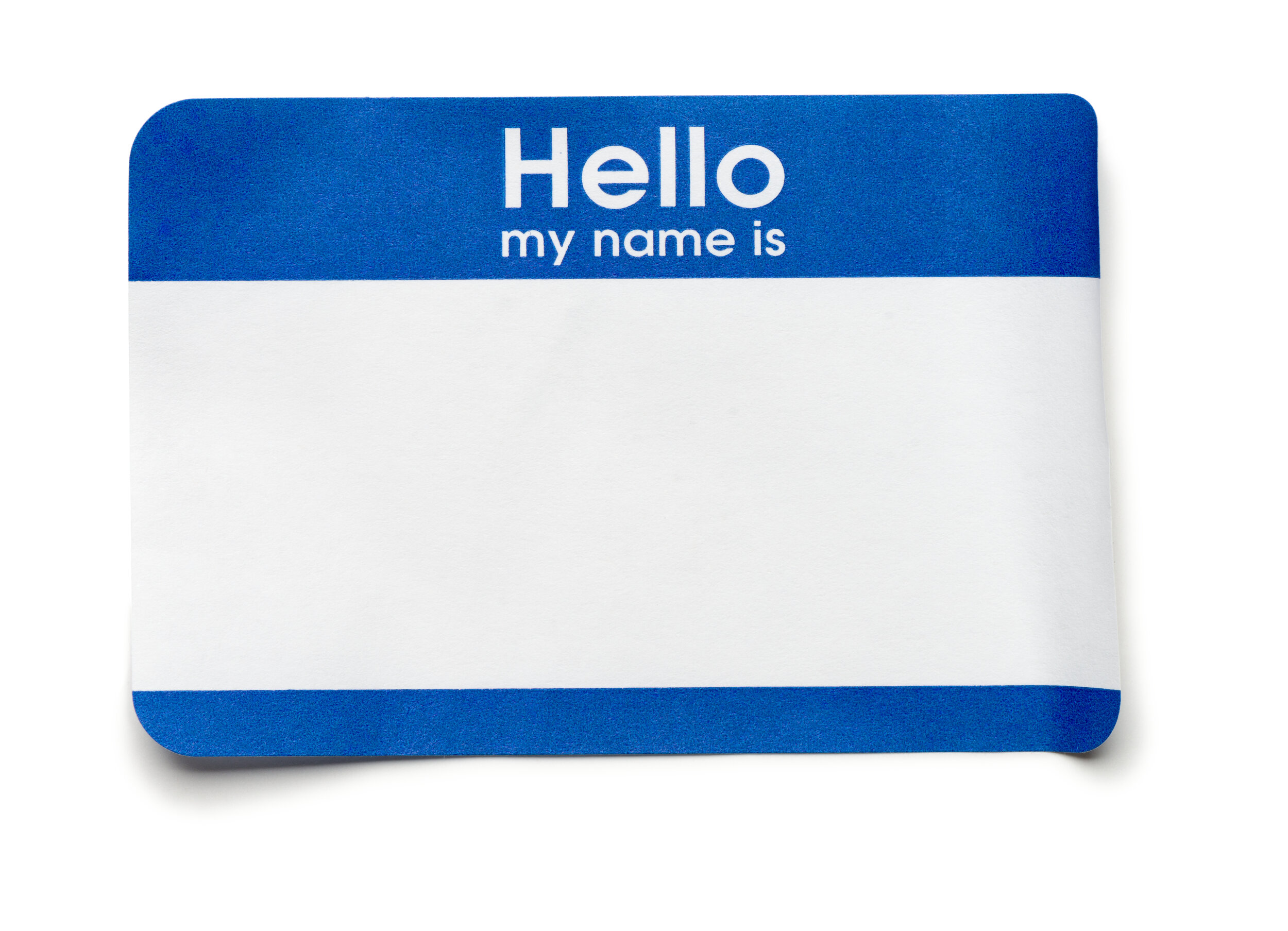


















Brand storytelling doesn’t follow a linear path. It never has. A linear model doesn’t allow for the chaos that comes with dealing with real, living, breathing humans and constantly changing markets. It certainly doesn’t take social media into consideration.
If you’re not careful, you could fall into the trap with some narrative arc models that, though they account for some issues with the brand, often do so with the issues in the rearview. As if the challenges the brand has faced in the past will somehow predict what the brand will face in the future.
Instead, look at brand storytelling as a narrative chain made up of many stories in “S” curves.